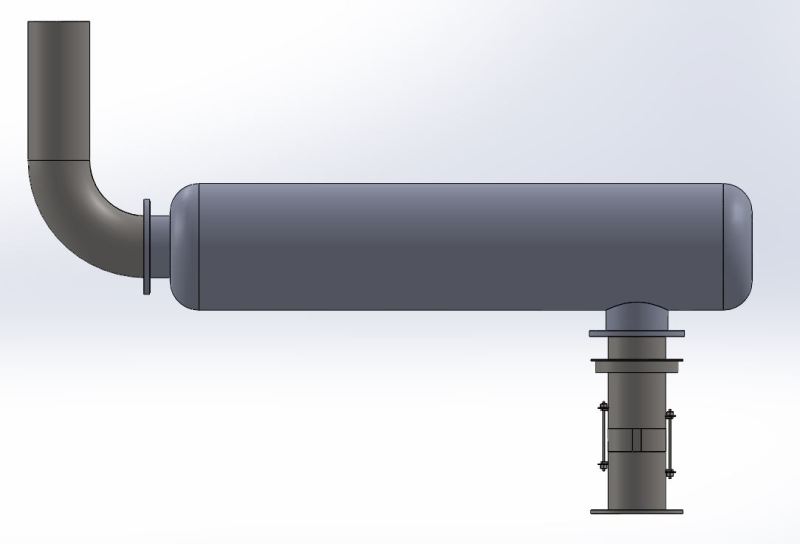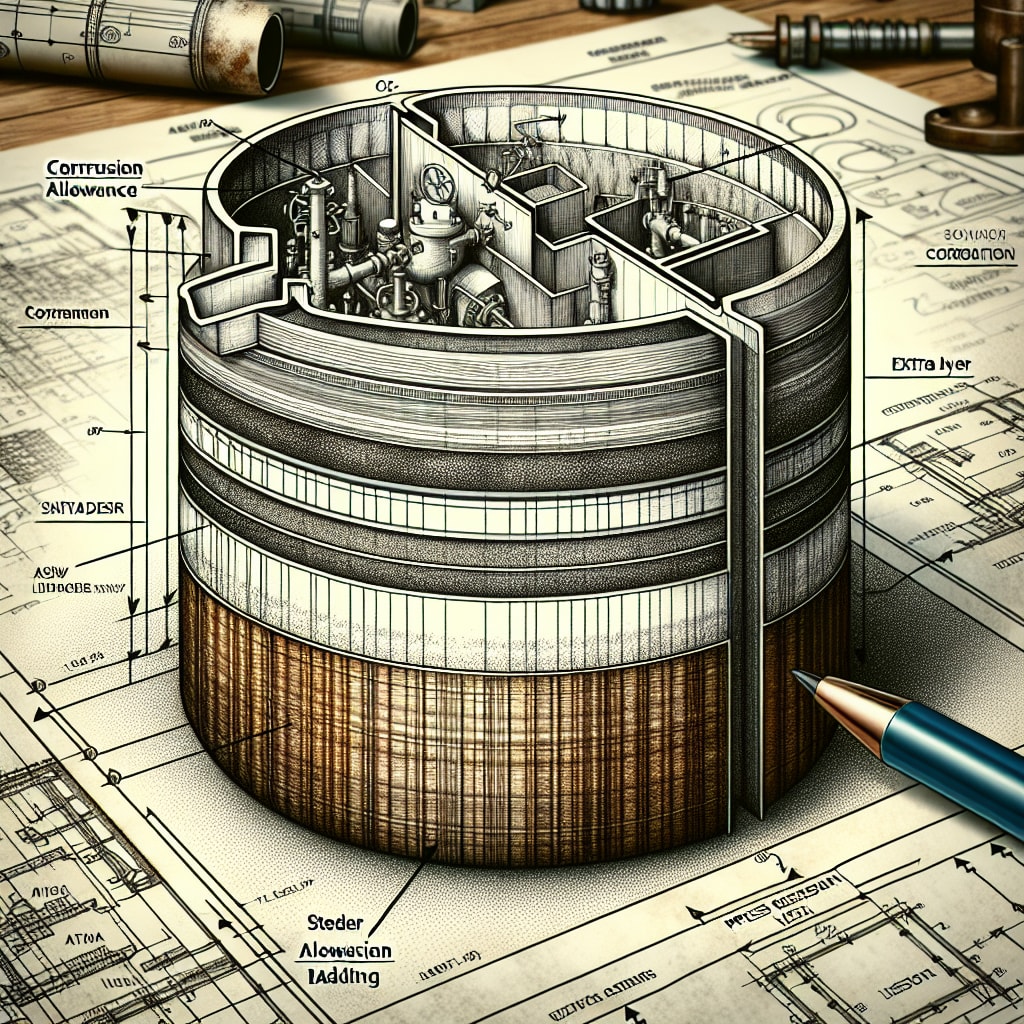CraneEng87
Mechanical
- Dec 23, 2015
- 21
Hello,
I've been given a problem at work that is not in my area of expertise. I have been tasked with determining the output velocity or output flow of an exhaust system on a diesel generator.
The diesel exhaust exits the manifold in a 6" diameter pipe that is connected to a 10" diameter pipe with a muffler and elbow on the end. The picture I uploaded is only the 10" pipe and muffler assembly. The diesel connects to the lower right inlet with a 10" flange on a 6" diameter pipe from there it is 10" pipe to and from the muffler.

Here is the information I have:
Exhaust Flow: 4594 CFM (at 6" dia pipe)
Exhaust Temp: 862 F
The manufacturer states that the muffler will have a pressure drop of approx... 8in HG at that CFM.
I'm having trouble relating the data and feel that I am missing some critical pieces. I am some what familiar with Bernoulli's equation.
Any help would be appreciated.
I've been given a problem at work that is not in my area of expertise. I have been tasked with determining the output velocity or output flow of an exhaust system on a diesel generator.
The diesel exhaust exits the manifold in a 6" diameter pipe that is connected to a 10" diameter pipe with a muffler and elbow on the end. The picture I uploaded is only the 10" pipe and muffler assembly. The diesel connects to the lower right inlet with a 10" flange on a 6" diameter pipe from there it is 10" pipe to and from the muffler.

Here is the information I have:
Exhaust Flow: 4594 CFM (at 6" dia pipe)
Exhaust Temp: 862 F
The manufacturer states that the muffler will have a pressure drop of approx... 8in HG at that CFM.
I'm having trouble relating the data and feel that I am missing some critical pieces. I am some what familiar with Bernoulli's equation.
Any help would be appreciated.




